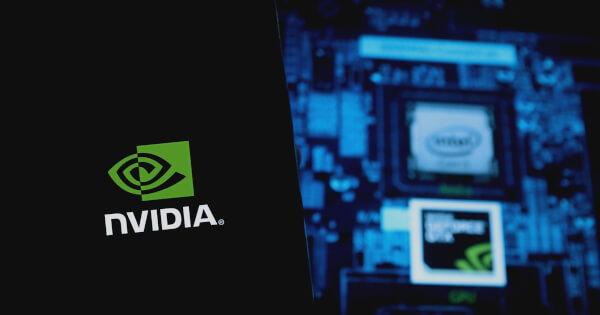NVIDIA's Grace Hopper Superchip Revolutionizes XGBoost 3.0 for Terabyte-Scale Datasets
Tony Kim Aug 07, 2025 14:41
NVIDIA's latest Grace Hopper Superchip enhances XGBoost 3.0, enabling efficient processing of terabyte-scale datasets with improved speed and cost-effectiveness.

NVIDIA has unveiled significant advancements in machine learning capabilities with the introduction of the Grace Hopper Superchip, specifically designed to optimize the performance of XGBoost 3.0 on terabyte-scale datasets. This development marks a pivotal moment for industries relying on gradient-boosted decision trees (GBDTs) for applications ranging from fraud detection to demand forecasting, according to NVIDIA.
Performance Boost with Grace Hopper Superchip
The NVIDIA GH200 Grace Hopper Superchip is engineered to handle datasets from gigabyte to terabyte scale, thanks to its coherent memory architecture. It utilizes the 900 GB/s NVIDIA NVLink-C2C to stream data, enabling a 1 TB model to be trained significantly faster than traditional CPU setups. This innovation is set to reduce the need for complex GPU clusters and simplify scalability.
The XGBoost 3.0 release brings enhancements such as external memory support, which allows the processing of large datasets on a single superchip. This makes it possible to train models that previously required extensive GPU clusters or high-memory CPU servers.
Applications in Financial Systems
Financial institutions are set to benefit from these advancements. For instance, RBC, a major bank, has integrated XGBoost powered by NVIDIA GPUs into its lead scoring system, achieving a 16x speedup and a 94% reduction in total cost of ownership for model training. This transformation allows for faster feature optimization, crucial for handling large volumes of data efficiently.
Technical Enhancements in XGBoost 3.0
XGBoost 3.0 introduces the External-Memory Quantile DMatrix, which facilitates scaling up to terabyte-scale datasets on a single GH200 Superchip. This approach uses ultrafast C2C bandwidth and simplifies the setup process by avoiding distributed frameworks. The new mechanism compresses datasets efficiently, maintaining model accuracy while optimizing memory usage.
Moreover, the superchip's design, combining a 72-core Grace CPU and a Hopper GPU, provides substantial bandwidth and low latency, making it ideal for handling large-scale training jobs without the complexity of a multi-GPU setup.
Benchmarking and Best Practices
NVIDIA's Grace Hopper Superchip demonstrates impressive performance on 1 TB datasets, offering up to 8x speedups compared to traditional CPU configurations. The ExtMemQuantileDMatrix feature is sensitive to data shape, allowing efficient processing by paging feature matrices, thereby optimizing the use of the superchip's capabilities.
For optimal use of external memory, NVIDIA advises utilizing the RAPIDS Memory Manager (RMM) and configuring the system to use CUDA 12.8 or higher. These practices ensure that users can fully leverage the superchip's potential for large-scale data processing.
What's New in XGBoost 3.0?
Beyond the memory enhancements, XGBoost 3.0 introduces several upgrades, including experimental support for distributed external memory and reduced GPU memory usage during DMatrix construction. These changes enhance the efficiency and speed of machine learning tasks, making XGBoost a more robust tool for data scientists.
To explore these capabilities, interested parties can download XGBoost 3.0 and refer to the installation guide and documentation provided by NVIDIA. These resources offer detailed insights into utilizing the new features effectively.
For further engagement and community support, NVIDIA encourages joining their Slack channel or participating in their Accelerated Data Science Learning Path for hands-on experience with GPU-accelerated data science.
For more information, visit the NVIDIA blog.
Image source: Shutterstock.jpg)

